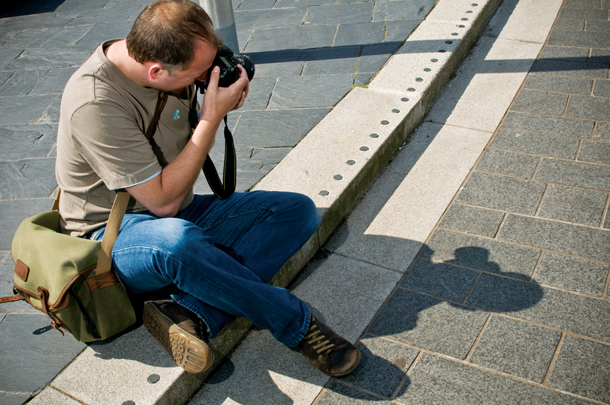Photography is a beautiful art form that continues to explode in popularity. As amateur photographers step up their game and purchase professional photography equipment, they quickly find that there are a few ropes to be learned in the photography realm. Some of them are so important that ignoring them could even lead to legal troubles.
Lighting Makes All the Difference
Proper lighting can take an amateur photograph and give it a professional appearance. Bad white balances, blown out highlights, image noise, and improper lighting angles can ruin a photo. Having natural white light will provide the best lighting on subjects; other great sources of lighting include strobes with soft boxes and “golden hour” lighting when the sun is coming up or going down.
Protecting Equipment Is a First Priority
Since the camera and its lenses will always be the biggest investment, it is important that these items are kept safe and protected. The best method of protection is keeping them sealed inside of a shockproof and weatherproof hard case. If a photographer doesn’t have a case for their new camera, it is important to shop now before the camera gets dropped or damaged.
Avoiding Copyrights
When shooting, it is highly advised to keep copyrighted works out of the images; especially if the images are going to be sold. This might include soda logos, television shows in the background, and even murals on sidewalks and the sides of buildings. All of these are copyrighted works. Even though the photograph was taken by the photographer, they can still get in trouble for “using” those copyrighted logos, shows, and murals without written permission.
Keeping It Legal
Model and property releases become a daily part of life for a photographer. The biggest obstacle is creating (or finding) a contract that works for the photographer. Once they are finalized and printed, it only takes a moment for models or property owners to sign them. This protects the photographer, the model, and the property should an unlikely legal situation take place regarding a photo.
Just like any other profession, photography has its rules and boundaries that must be followed. The competitive world of photography is constantly changing, but photo composition, equipment protection, and legal protection will always apply to every photographer. It is always better to be prepared and safe rather than blind and sorry.

